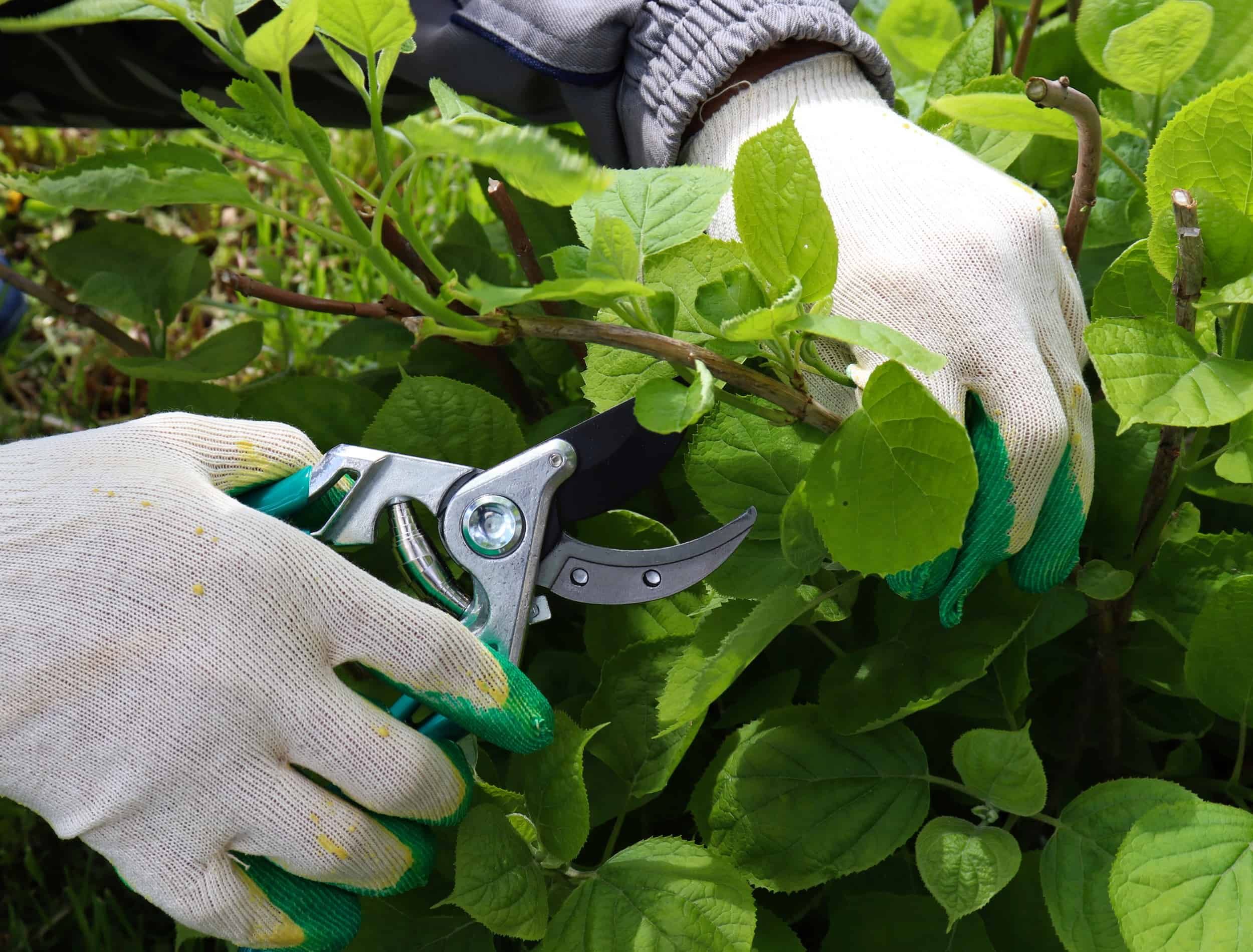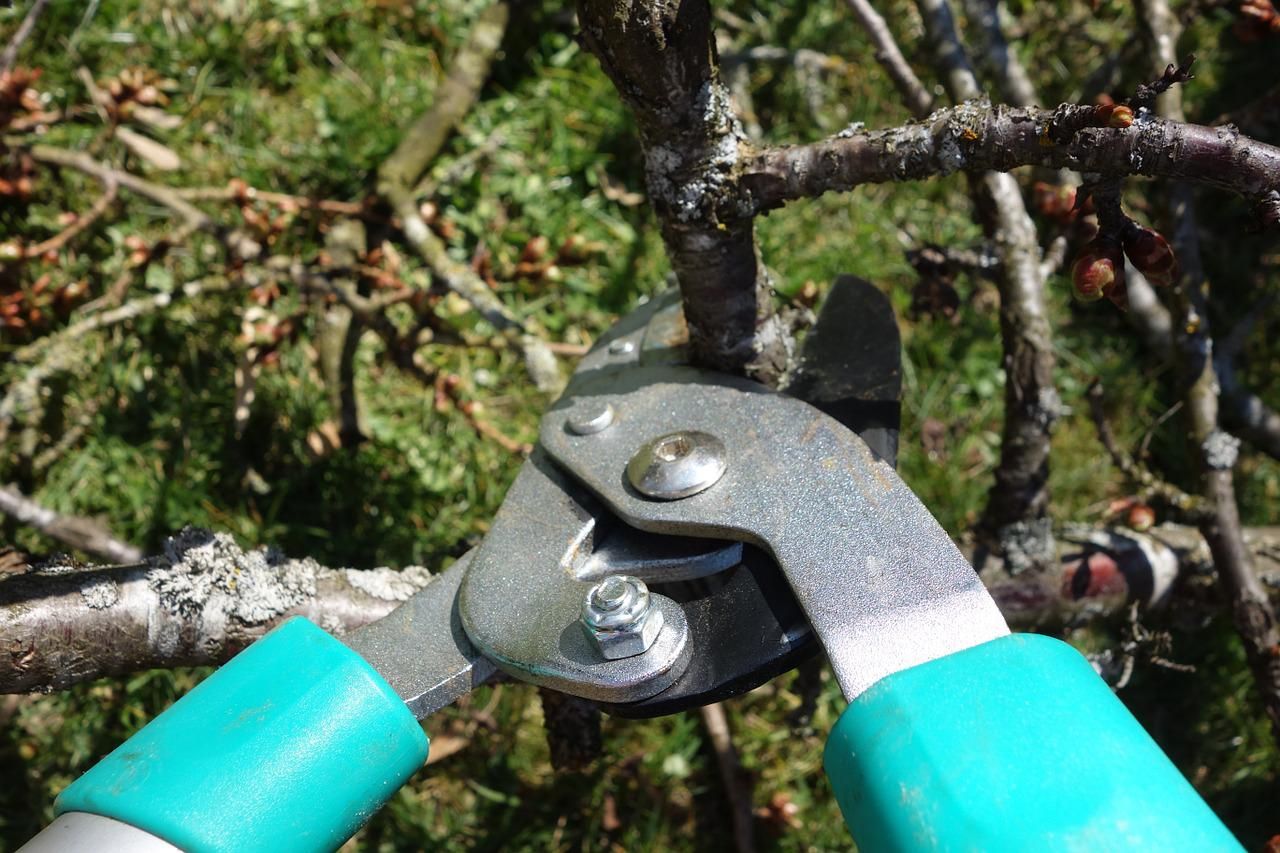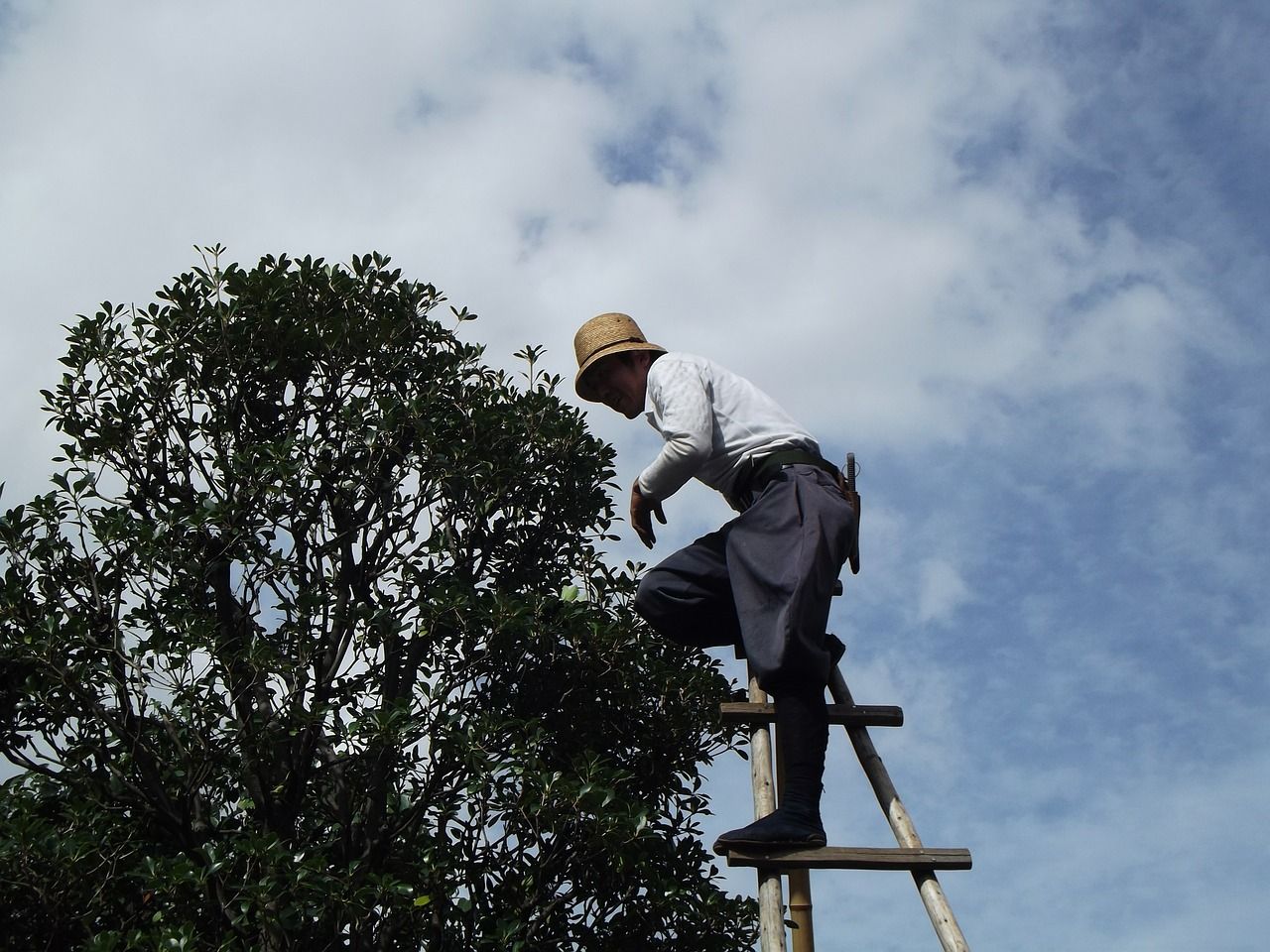Are you getting ready to prune your trees, plants, and bushes? Wonderful! Pruning is a great way to keep your plants healthy and looking their best. But, before you start hacking away at your greenery, make sure you avoid these common pruning mistakes.
By following these tips, you'll be able to get the most out of your pruning efforts without making any costly errors.
Not Pruning At All
Image credits: Maudib via Canva
One of the most common mistakes people make is not pruning their plants at all. While it may seem like extra work, pruning is essential to making sure your plants are healthy and grow properly.
Failing to prune your plants can lead to several problems, including:
- Overgrowth: if you don’t prune your plants, they will grow unchecked. They could become unmanageable and take over your garden.
- Pest and disease problems: if you don't prune your plants, you might not see areas that are infested or diseased.
- Poor flowering: if you don’t prune your plants, they may not flower as well as they should. This is because plants produce flowers on new growth, which pruning encourages.
- Poor fruit production: unpruned fruit trees will produce smaller and poorer quality fruit since fruit is produced on new growth.
Pruning Too Early or Too Late in the Season
Image credits: DevidDO via Canva
Pruning at the wrong time of year can damage your plants. If you prune too early, it can stimulate new growth that won't have time to harden off before winter, leading to frost damage. If you prune too late, you might remove flower buds that would have bloomed in the spring.
The best time to prune most plants is in late winter or early spring before new growth begins. This gives the plant time to heal before the stresses of summer. However, there are a few exceptions. If you're not sure when to prune your particular plant, ask a nursery or gardening center for advice.
Over-Pruning
Image credits: blickpixel via Pixabay
Pruning is a vital part of plant care. It helps promote healthy growth and can even make your plants look more attractive. But there is such a thing as too much pruning. Over-pruning can damage or even kill your plants.
Similar to not pruning at all, over-pruning can be bad as well. One of the biggest dangers of over-pruning is that it can encourage excessive growth. This may not seem like a bad thing at first, but it can quickly get out of control. Excessive growth means more work for you in the long run, and it can also make your plants more susceptible to pests and diseases.
Another problem with over-pruning is that it can weaken the plant. This is because pruning removes leaves and stems, which are essential for the plant's overall health.
So, how can you tell if you're over-pruning? One sure-fire way is to look at the plant itself. If it looks stressed or damaged, then you're probably doing too much. Another way to tell is by the amount of new growth. If you see lots of new shoots and leaves, then it's likely that you're over-pruning.
If you think you might be over-pruning, the best thing to do is to stop pruning for a while and see how the plant responds. If it starts to recover, then you were probably doing too much. If not, you might be making another common gardening mistake. In any case, you can start pruning again, but be sure to take it slowly to ensure you don't overdo it.
Topping Trees
Image credits: GordonL via Pixabay
Topping is when you cut off the top of a tree to make it shorter. This is often done to improve the appearance of the tree or to make it easier to care for. However, topping can damage the tree and cause it to grow back poorly.
When a tree is topped, the main stem is cut back to a point where there are no branches left. This leaves a large wound at the top of the tree that can be difficult for the tree to heal. In addition, topping also removes a significant amount of the tree's leaf surface area which it needs for photosynthesis. This can stress the tree and make it more susceptible to disease and pests.
Topping also promotes weak new growth that is more prone to breakage in strong winds or storms. These broken branches can cause damage to property or people.
Using the Wrong Tools
Image credits: MireXa via Canva
When pruning, it's important to use the right tools. The type of tool you use will depend on the plant you're pruning and the size of the branch you're cutting. Sharp, clean pruning shears are a good all-purpose tool. However, for larger branches, you may need to use a saw.
Using the wrong tools can damage your plants and make the pruning process more difficult than it needs to be. Here are some of the most common mistakes people make when choosing your tools:
- Choosing a dull blade: a dull blade will tear your plants instead of cutting them cleanly. This can damage both the plant and the tool itself. Always sharpen your blades before using them, and if they start to get dull in the middle of a job, stop, and sharpen them again.
- Using the wrong size blade: using a blade that's too big or too small for the job can make it difficult to control your cuts. It's important to choose a blade that's the right size for the plant you're pruning.
- Not cleaning your tools after each use: if you don't clean your tools after each use, they can spread diseases from one plant to another. Always disinfect your pruning tools with a diluted bleach solution between uses.
Catch Your Mistakes!
Now that you know how to avoid the most common pruning mistakes, it's time to get out there and start trimming! But before you do, be sure to share your own tips and tricks in the comments below. Who knows, maybe you'll help someone else avoid making a costly mistake while pruning their plants. Have fun and happy gardening!






